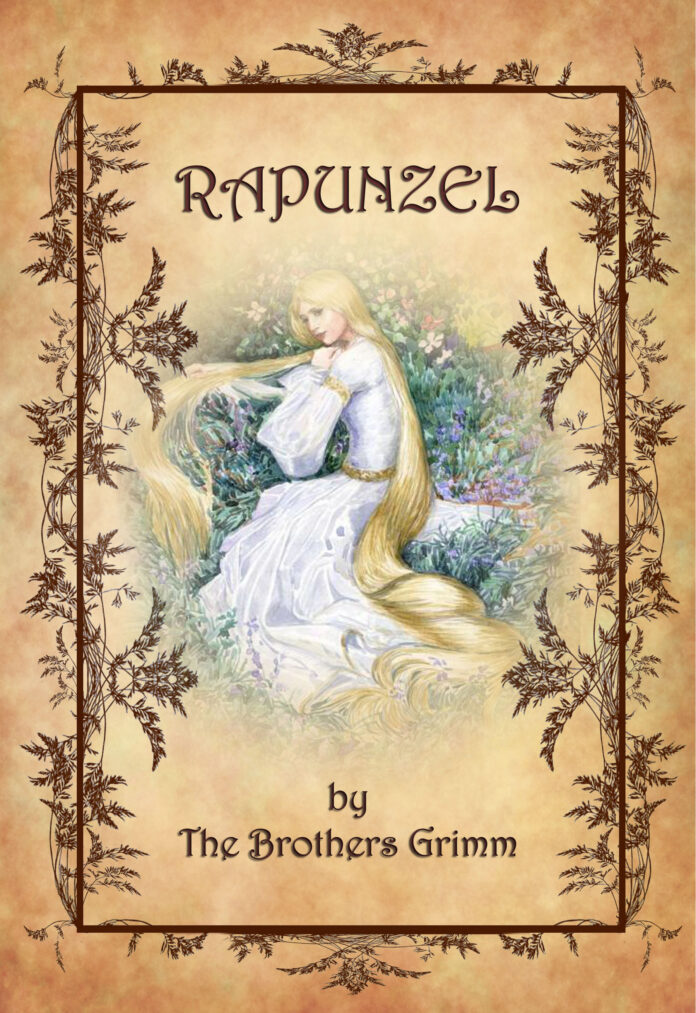Rapunzel by the Brothers Grimm (1857) is a fairy tale that has been told to many generations and has been altered and adjusted to different media formats through that time, but the basis of the story has remained true for the entirety of its’ existence. I have decided to delve into it to find a story of perseverance through struggle.
The story begins with a sentiment of hope, “Once upon a time there was a man and a woman who had long, but to no avail, wished for a child” (Grimm, 1857). The woman then becomes pregnant and wishes to have rapunzel, and becomes ill because she isn’t able to have it. The man then takes some rapunzel from the sorceress’s garden to which he is then caught by the sorceress. The sorceress agrees to take the first born child in exchange and proceeds to lock Rapunzel in a tower in the middle of the forest “that had neither a door nor a stairway, but only a tiny little window at the very top” (Grimm, 1857). Rapunzel is locked in this tower for years, unaware of the world outside, and her only human interaction is with the sorceress. This is true until the prince came to her tower and said, “Rapunzel, Rapunzel, Let down your hair” (Grimm, 1857). That is the moment in which Rapunzel’s life would change forever. This event then spiraled into the sorceress eventually finding out about the prince and blurting, “What am I hearing from you? I thought I had removed you from the whole world, but you have deceived me nonetheless” (Grimm, 1857). Rapunzel’s then ‘punishment’ was to be cut off from her hair, and be banished into the forest to fend for herself. The prince also became afflicted after he had an encounter with the sorceress and became blind. After much time wandering in the forest he came across Rapunzel, who had been struggling to tend after her children. In response to his arrival Rapunzel cried and “Two of her tears fell into his eyes, and they became clear once again, and he could see as well as before. He led her into his kingdom, where he was received with joy, and for a long time they lived happily and satisfied” (Grimm, 1857).
My focus on this short story shifts from that of a dreadful tale to one of hope and perseverance. Rapunzel lives in a world of ignorance, never knowing her parents or anything about the truths of the world. That is until she is suddenly awoken to everything that is wrong in her world when the prince arrives. Even though this story follows the classic fairy tale tropes this is not a story of the prince coming to the maiden’s rescue, but more of a story of insight on how people need each other to ‘see’ the truths of the world. Without one another we are all blind because we only have one singular and biased prospective. Although this story makes apparent the extremes of this case, I believe that design can utilize these themes. How can design employ these themes of perseverance and partnership to get through hardships, and apply them into real world applications?
Source
Grimm, J., & Grimm, W. (1857). Rapunzel. Rapunzel by the Grimm Brothers: A comparison of the versions of 1812 and 1857. https://sites.pitt.edu/~dash/grimm012a.html




